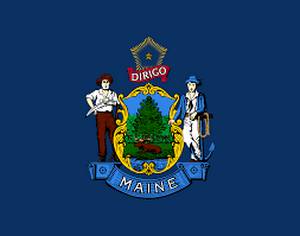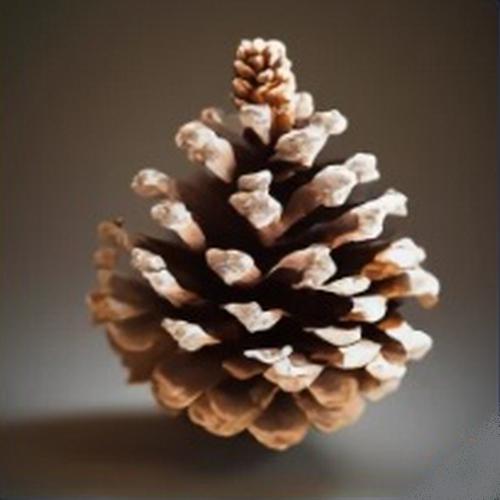Preferred Habitats in Maine
The Black-Capped Chickadee, Maine's beloved state bird was adopted as the state bird of Maine in 1927, is often found in a variety of picturesque habitats throughout the state. These charming birds prefer specific environments that cater to their unique needs.
1- Wooded Areas: Chickadees thrive in lush forests and wooded areas, where they can easily find insects, seeds, and berries, their primary sources of food.
2- Mixed Woodlands: They're particularly fond of mixed woodlands, where deciduous and coniferous trees coexist, offering a diverse array of food and shelter.
3- Suburban Gardens: Surprisingly, Chickadees adapt well to suburban environments, where bird feeders stocked with sunflower seeds and suet provide easy meals.
4- Streamside Locations: Chickadees also appreciate the proximity of streams or rivers, as they rely on water sources for both drinking and bathing.
5- Open Spaces with Trees: In open spaces, such as parks with scattered trees, Chickadees can often be seen, making use of both natural and human-made nesting sites.
These preferred habitats play a significant role in the survival and conservation of these delightful little birds. Understanding their habitat choices allows us to appreciate and protect their unique environment.
1- Wooded Areas: Chickadees thrive in lush forests and wooded areas, where they can easily find insects, seeds, and berries, their primary sources of food.
2- Mixed Woodlands: They're particularly fond of mixed woodlands, where deciduous and coniferous trees coexist, offering a diverse array of food and shelter.
3- Suburban Gardens: Surprisingly, Chickadees adapt well to suburban environments, where bird feeders stocked with sunflower seeds and suet provide easy meals.
4- Streamside Locations: Chickadees also appreciate the proximity of streams or rivers, as they rely on water sources for both drinking and bathing.
5- Open Spaces with Trees: In open spaces, such as parks with scattered trees, Chickadees can often be seen, making use of both natural and human-made nesting sites.
These preferred habitats play a significant role in the survival and conservation of these delightful little birds. Understanding their habitat choices allows us to appreciate and protect their unique environment.
Range and Migration Patterns
The Black-Capped Chickadee, Maine's official state bird, is known for its interesting range and migration patterns. These charming birds can be found throughout the state, from dense forests to suburban gardens, making them a common sight in Maine. In winter, they exhibit unique behavior, forming small flocks to survive the cold. While some Chickadees migrate to milder areas during harsh winters, many remain year-round. These distinct migration patterns contribute to the diverse and resilient avian life in Maine, making them an integral part of the state's natural beauty and wildlife.



